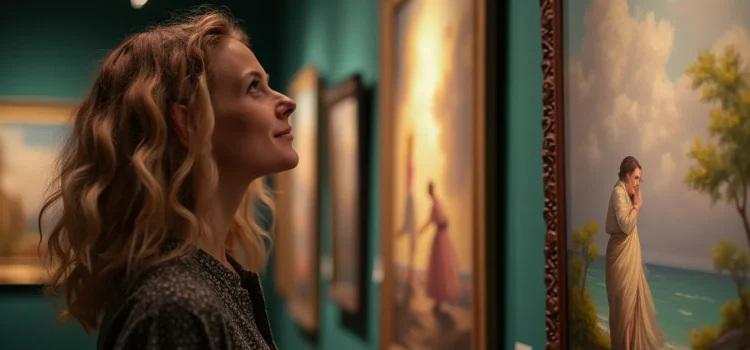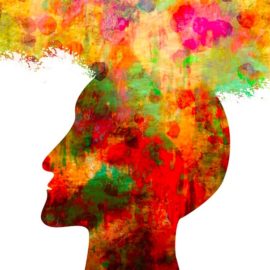
What makes music touch our souls across cultural boundaries? How do visual arts connect us to something larger than ourselves?
From cave paintings to K-pop performances, art has a remarkable ability to move us emotionally and unite us across cultures. Dacher Keltner explores how awe-inspiring art creates deep connections, transcends language barriers, and reveals universal patterns in human emotion.
Keep reading to understand why art can leave us breathless with wonder.
Awe-Inspiring Art
Keltner writes about the power of awe-inspiring art. He argues that music in particular has a unique ability to inspire awe, connect us to our emotions and cultural identities, and create a sense of unity among listeners. Music transcends cultural boundaries and speaks to the common themes of human life. Music, unlike spoken language, isn’t bound to literal meaning and can therefore represent emotions in unique ways. Keltner’s research shows that people can reliably identify the emotional content in music from different cultures. One hypothesis that explains this is that musicians express emotions by mimicking the natural vocalizations humans make when feeling emotion, such as the universal “wow” of awe mentioned before.
(Shortform note: A contemporary, well-studied example of music crossing cultural boundaries is the popularity of Korean pop music (K-Pop) outside the Korean-speaking world. Beyond Keltner’s observation that music doesn’t rely on lyrics to convey emotion, K-Pop fans also cite the genre’s high musical production values, the artistry in K-Pop groups’ music videos, and the intricate dance choreography incorporated into their performances. K-Pop performances also emphasize group dynamics and audience interaction over the talents of individual performers. In other words, for its fans, K-Pop evokes awe on several levels Keltner mentions—musically, visually, and communally.)
Visual arts arguably encompass a wider spectrum than music, including architecture, paintings, sculptures, and even the design of intricate machines. The skill, creativity, and complexity of their creation often leaves viewers in a state of wonder. More than that, art expresses feelings and ideas that might be hard to convey through other means. Keltner suggests that art reveals underlying patterns in nature and human experience that evoke a transcendent sense of connection to the world beyond our personal lives. Though art is embedded in culture, its visual elements reach across cultural boundaries, from modern architectural marvels to cave paintings dating back thousands of years, uniting us all in shared visual awe.
(Shortform note: The awe invoked by visual art and design may serve an even deeper purpose than Keltner hints at. In What Is Art For?, anthropologist Ellen Dissanayake argues that art serves an evolutionary purpose: It helps humans create meaning by transforming ordinary experiences into extraordinary ones. In the distant past, this was likely tied to our survival—art made the daily activities of life more meaningful and enjoyable, which helped preserve cultural knowledge. When early humans used art to make certain objects, events, or rituals “special,” it helped their communities pass along information vital to future generations.)






